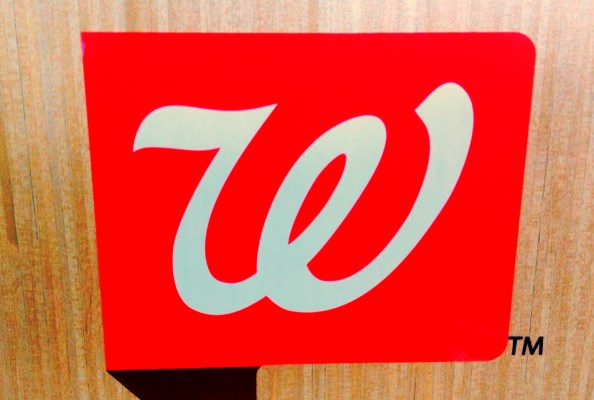Walgreens (yes, that Walgreens — the one that also owns Duane Reade and is trying to buy Rite Aid for $17.2 billion) has long offered a number of tools for developers who want to plug into both its retail and pharmacy business. Today, the company is extending this program with the launch of two new APIs.
The company launched its API program back in 2012 with a service that allowed developers to send photo print requests to its in-store photo kiosks. Since then, the company expanded this program to allow developers to plug into its Balance Rewards loyalty program (for apps that track fitness, for example) and for services that enable prescription refills and transfers. As the company told me, the prescription refill API now helps fill one prescription per second from mobile devices.
In total, Walgreens now works with 275 partners that have implemented its services through its APIs.
The two new APIs will allow developers to access Walgreens store locations (and the features of those stores) and access its digital coupons from third-party apps.
As Walgreens developer evangelist Drew Schweinfurth and senior product manager Kristin Marx told me, the company previously sent an Excel or CSV file to developers who needed access to its store locations. That’s not just an archaic method of sharing this kind of information, but because the file was only updated once per month, the information was often outdated.
As for the Digital Offers API, Walgreens tells me that developers who want to integrate this will be able to allow their users to “clip” coupons to their loyalty card and discounts will then be automatically applied at checkout.
The company had built internal APIs for powering both its store locator and coupons in its own application, and now decided that it was time to extend this to others. To do this, Walgreens partnered with Apigee, which also powers its other APIs.
“For 2016, we want to focus on looking at extending services that help developers make innovative applications,” Schweinfurth explained to me. That’s a process Walgreens started last year. The company also recently switched the checkout feature of its Photo Prints API from an SDK to a RESTful API, for example, which the company says is helping it drive more transactions.
As Apigee senior vice president Ed Anuff told me, the company looks at Walgreens as an example for “how traditional companies get APIs right.” Walgreen’s earliest API efforts were on how they could enable their own mobile apps and then, over time, that work lead to opening its APIs to third-party developers, too. “What we see is that mobile and APIs go hand-in-hand,” Anuff said. “Walgreen’s got more ambitions from [its] mobile development.” In more general terms, he also argued that traditional brick-and-mortar businesses like Walgreens need to think about how they can strategically build digital experiences that improve their customers’ journey — even if that means extending those outside of their own apps.
